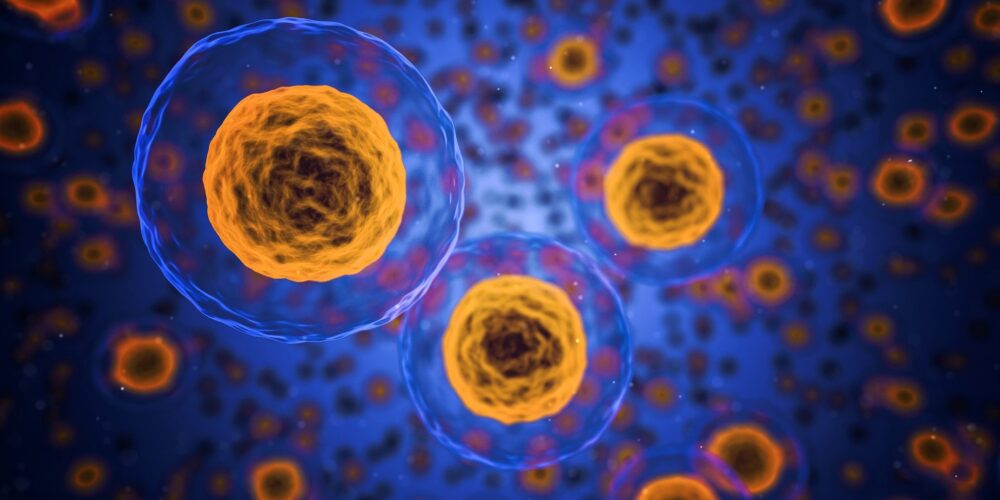Few organs are held in as high regard as the human brain. It’s incredibly complex with many mysteries that still puzzle researchers. As the keeper of all thoughts, emotions, memories, and senses of self, it’s what makes humans human.
Traditional in vitro models can be useful, but they fail to imitate communication between the different brain regions and are too simplistic for realistic disease modeling. In vivo methods, such as rodent studies, are more representative, but lack complexity. This can create obstacles when scientists want to model human neurological disorders or test a treatment in a mouse or rat.
One potential solution is to use human cerebral organoids (HCOs). Organoids are 3D models of human organs derived from pluripotent stem cells and more accurately reproduce spatial morphology, key cell types, and physiological responses of fully developed organs.
These “mini brains” can consist of different types of neurological cells and display heterogeneous brain regions. HCOs in culture for six months will form mature neurons and functional synapses. After nine months, spontaneously active neuronal networks are created. Action potentials have been observed at this stage, and some cells with photoreceptors reacted to light stimulation. In fact, HCOs have displayed similar features of a fetal brain, including gene transcription and epigenetic properties. This similarity to human brains is incredibly useful to neuroscience researchers in the study of autism, schizophrenia, Alzheimer’s, and other neurological diseases.
These “mini brains” can consist of different types of neurological cells and display heterogeneous brain regions.
However, developing neuronal activity and stimuli responses have raised ethical questions regarding sentience within the organoid. Current models consist only of a few million cells, compared to 86 million in an adult brain. Although currently too simplistic to pose any dilemmas, the ethical path forward must be considered. A 2018 symposium hosted by the University of Oxford discussed cerebral organoids and their ethics, including concepts of scientific and philosophical consciousness. Additionally, the NIH’s Brainstorm Project raised questions surrounding rapidly improving HCO technology and explored their ethical use.
While scientists are far from re-creating a human brain in a dish, they do approach an ethical gray area. Are action potentials the first pulses of sensation and thought? When should HCOs be considered for consent or autonomy? When does consciousness fully occur? The brain is so strongly connected to our sense of identity and, indeed, creates that identity. As HCOs grow more complex, scientists must balance the search for answers with the knowledge that they may spark something unthinkable.
Frontiers In Synaptic Neuroscience (2018). DOI: 10.3389/fnsyn.2018.00015
Nature (2013). DOI: 10.1038/nature12517
Nature (2018). DOI: 10.1038/d41586-018-04813-xNature (2017). DOI: 10.1038/nature22047






